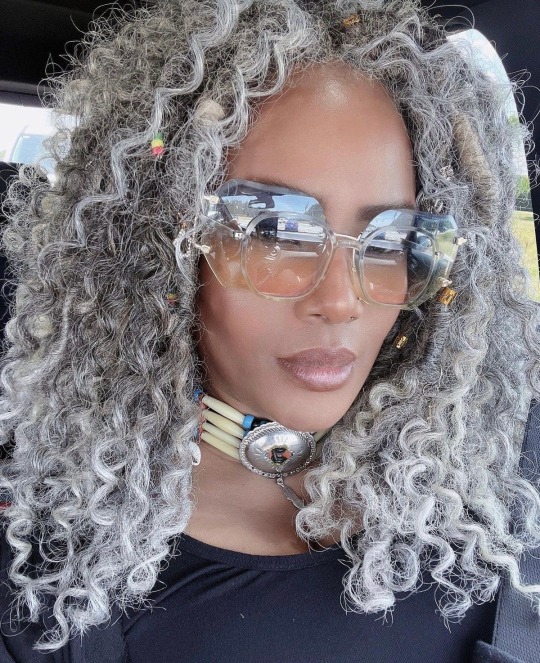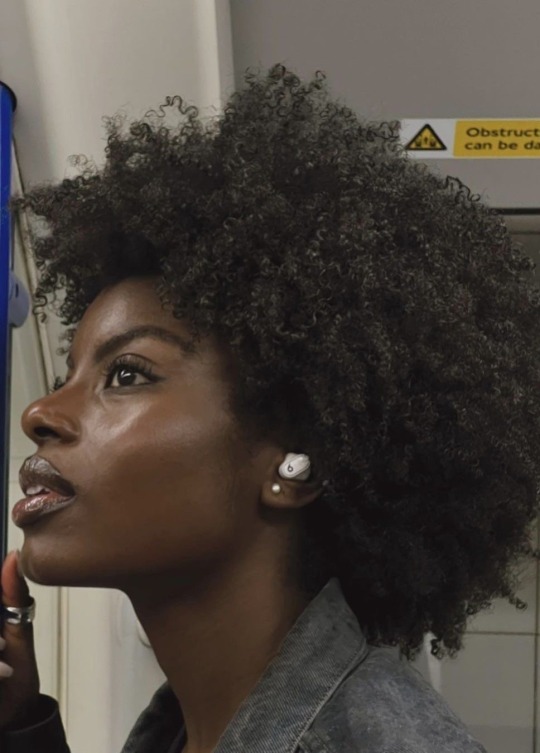#nature inspo
Text

#aesthetic#nature#nature aesthetic#garden#park#nature art#flowers#villa#mansion#ivy house#love#light indie#sunset#bhloomest#nature inspo#garden inspo#clean
922 notes
·
View notes
Text

#whimsical goth#whimsical#whimsical aesthetic#whimsicore#whimsigoth aesthetic#whimsigoth#witchy#esoteric#moodyvibes#moody nature#moody photography#green witch#swamp witch#fairycore#dreamcore#nature#fairy girl#adventure#nature Inspo#wanderlust#whimiscal
626 notes
·
View notes
Text





rain will make the flowers grow
#escapism#light academia#romantic academia#dark academia vibes#dark acadamia aesthetic#academia aesthetic#chaotic academia#grey academia#flowers#fairy aesthetic#fantasy#nature#nature poetry#nature photography#rose#roses#dahlias#bouquet#garden#nature inspo#inspiration#inspiring#victor hugo#les miserables#rain will make the flowers grow
22 notes
·
View notes
Text










seeking, yearning, reaching hands
#aesthetics#photography#quotes#text#art#fashion#flowers#dark academia#hands#reaching hands#touching hands#classical art#classical academia#aesthetic#moodboard#humanity#people#light academia#renaissance#meaepost#yearning#seeking#nature#inspo#inspiration
34K notes
·
View notes
Text

#summer#summertime#summeraesthetic#summer inspo#naturecore#nature#landscape#photography#inspiration#explore#beauty#photographers on tumblr#summer vibes#aesthetic#forest#adventure#dreamy#romantic academia#flowers#florals#fairycore#landscapes#cottagecore#country cottage#curators on tumblr#light acadamia aesthetic#gorgeous#romantic#forest aesthetic#forestcore
26K notes
·
View notes
Text

#nature#sky#landscape#beautiful#photografy#aesthetic#naturecore#art aesthetic#art#photography#moodboard#clouds#field#meadow#cottagecore#ocean#beach#sea#spring#art nature#inspo#icons#sunrise#sunset#scenery#view#water#colorful#cloudscape#trees
22K notes
·
View notes
Text
Natural gray hair is so beautiful to me. 😍🩶








#black tumblr#aesthetic#aesthetics#black aesthetic#source: pinterest#black women#pinterest#black women aesthetic#brown women#gray hair#hair inspo#hair aesthetic#natural hair aesthetic#brown woman#natural hair#black women hair#brown women hair#black beauty#black women beauty
18K notes
·
View notes
Text

#night photography#explore#pretty#photography#aiart#view#oceancore#clouds#ai#meadow#photografy#moon#digitalart#cottagecore#aesthetic#inspo#art#sea#spring#beautiful#nature photography#nature#icons#field#sky#art aesthetic#purple#moodboard#landscape#ocean
8K notes
·
View notes
Text

#dark#art#beautiful#whimsical#fantasy#magical#nature#whimsycore#whimsical bedroom#bedroom#bedroom inspo#dream bedroom#fairycore#naturecore#green#forestcore#forest#fairy aesthetic
6K notes
·
View notes
Text

la scarzuola in umbria, italy ⋅ ph. stefan giftthaler
#stefan giftthaler#la scarzuola#umbria#italy#europe#travel#view#vista#architecture#decor#design#vacation#voyage#beauty#garden#nature#summer#spring#exterior#lovely#inspo#inspire#inspiration#outdoor#outdoors#photo#photograph#photography#photographer#insta
9K notes
·
View notes
Text

#black girl tumblr#black girl moodboard#honeycocoanut#beauty#black girl magic#black woman#black girl#fashion#black girl inspo#aesthetic#natural hair#natural hair inspo#type 4 natural hair#type 4 hair
12K notes
·
View notes
Text






𝗑, 𝗑, 𝗑, 𝗑, 𝗑, 𝗑
#mmmm the dark green <3#that hammock !!#cottagecore#nature#naturecore#dark green#green#dark green aesthetic#dark cottagecore#witch aesthetic#witchlr#interior#interior inspo#plants#cottage academia#moodboard
7K notes
·
View notes
Text





#snow#winter#snowy#landscape#escapism#fairy aesthetic#light academia#nature#romantic academia#grey academia#dark academia vibes#english literature#classic academia#dark acadamia aesthetic#nature inspo#nature poetry#nature photography#winter landscape#germany#sunset#winter aesthetic#winter love#winter photography#snowy day#first snow
5 notes
·
View notes
Text
How to Write REALISTIC and SMOOTH Dialogue
In a story, dialogue is quite important, it helps the readers paint a picture of what's happening and the characters themselves. However, it can be difficult to avoid the unnaturalness and choppiness that comes with a lack of experience. But luckily, I have put together A LOT of advice on how you can get over that rockiness and improve!
*** KEEPING YOUR DIALOGUE REALISTIC, AND PACING ***
>> Keep your characters in character:
Dialogue is a remarkably quick way for readers to determine your character's personality. Thus, you want their speech patterns to remain fairly consistent so the audience won't get confused. If your character is more serious, then they will use less slang and perhaps a more impressive vocabulary. If your character is more relaxed, they will use more slang and compress the words. (such as "dunno," "kay," "y'know," etc.)
Basically, you want their tone to match their traits so the way that they talk is more realistic and personlized to themselves. If the way all your characters speak is the same, there's something wrong. A strong tip is to put yourself in your character's shoes and imagine how they would respond!
>> Take the situation into consideration:
This is another part of keeping your characters in, well, character. Different emotional situations will have a different effect on separate people, so make sure that you have an idea of how your character will act during stressful, irritating, and sad times.
If your character is normally cold, they will struggle if it comes to comforting other people because they have less experience in that field.
>> Don't take too long with their words:
Unlike when narrating something, most people talk just to get the idea across. They will be more specific and quicker with what they say. (This excludes any character who likes to talk a lot.) Unless it's on purpose, they won't dance around the topic. Think of when you casually chat with your friends; you're pretty unlikely to use certain words and/or phrases that might be common to use while narrating.
If you want to explain something complicated, instead of writing out a paragraph of just one person talking, use a question-and-answer prompt! This is where another character continuously asks related questions that get answered by another person, so you can indirectly reveal your explanation.
*** HOW TO WRITE A SMOOTHER CONVERSATION AND DIALOGUE TAGS***
>> Having a variety of dialogue tags:
This is a pretty basic thing to look out for if you're new to writing conversations. Using words like "said," every other sentence can easily make it feel choppy and robotic. Instead, use words like "murmured," "smirked," etc. to paint some emotion into their words. Additionally, vary the location of the dialogue tags! They don't all have to go after the statement, you can include something in the beginning or even the middle, too!
Examples:
Beginning - She tilted her head, "What are you talking about?"
Middle - "Oh," he blinked, "I actually never thought about that."
End - "Wait up!" She exclaimed loudly, waving her hands around.
>> Using no dialogue tags to create a smooth conversation:
Having too many tags can also overwhelm your reader--remember, sentence variety is a crucial part of writing--so you can always drop them if they're unneeded. This applies when your characters (two is the suggested amount) are talking back and forth in a pattern straightforward enough for the reader to understand who's talking without it having to be labeled.
Dropping dialogue tags in these moments can create a smoother atmosphere during the conversation because the reader only has to focus on the talking present.
*** USING SLANG, STUTTERS, FILLER WORDS, AND PAUSES ***
Human speech is often not perfect; when talking, we often make mistakes such as filler words, grammatically incorrect phrases, etc. Hence, for more natural-sounding dialogue, it's important to incorporate some of these.
>> Pauses and stutters:
When reading dialogue, we read it at a steady pace unless it's written otherwise. However, that steady pace can soon get too robotic and too smooth. Luckily, there are several ways to change this! You can use dialogue tags, (ex: she quickly spoke) commas, and ellipsis (...). These are often integrated when the character is hesitant, nervous, answering something, or when they need to admit something. The same idea applies to stutters--they're mainly used to demonstrate anxiousness, which can be found in varying situations.
>> Filler words and slang:
Filler words can really just be used where you see fit. They may be used in the situations I previously mentioned (because it shows someone stumbling over their words) but it's ultimately up to you!
Slang, just like everything else, should not be used too often, or it will seem forced and exaggerated. The point is to sound natural, and increasing amounts of repetitiveness can ruin it. It's also important to remember that in real life, our conversations move slower; when someone speaks, another person usually doesn't respond quite literally, right after. However, in writing, dialogue can actually often seem that way, which is why using tags and these imperfections of speech is pivotal for building a realistic conversation!
*** CONCLUSION ***
Lastly, a key point when writing dialogue is to ALWAYS read the conversations! Whether it be in your head or out loud, it can often help you catch anything that seems off! Additionally, like I mentioned at the very beginning, write dialogue from your character's perspective! Imagine yourself as them and how they/you would talk. Try to keep your dialogue tags, sentences, and word use varied to create a natural conversation!
If you were struggling before, I hope that this (extra) long guide was able to really offer you some insight and useful tips! If you read this far, thank you!
Happy writing~
3hks <3
#writing#writeblr#writerscommunity#writing tips#creative writing#writing advice#writing inspo#dialogue#writing dialogue#writing dialogue tips#dialogue tips#how to write dialogue#how to write smooth dialogue#how to write natural dialogue#tips on writing dialogue#tips on writing smooth dialogue#tips on writing realistic dialogue#how to write realistic dialogue
4K notes
·
View notes
Text

#bedcore#cloudcore#clouds#nightscape#stars#celestial#cloudscape#pretty#pink#landscape#nature#aesthetic#beautiful#field#sky#meadow#cottagecore#moodboard#inspo#icons#moon#sunset#sunrise#scenery#photography#places#naturecore#nature colors#cottage aesthetic#colorful
4K notes
·
View notes



